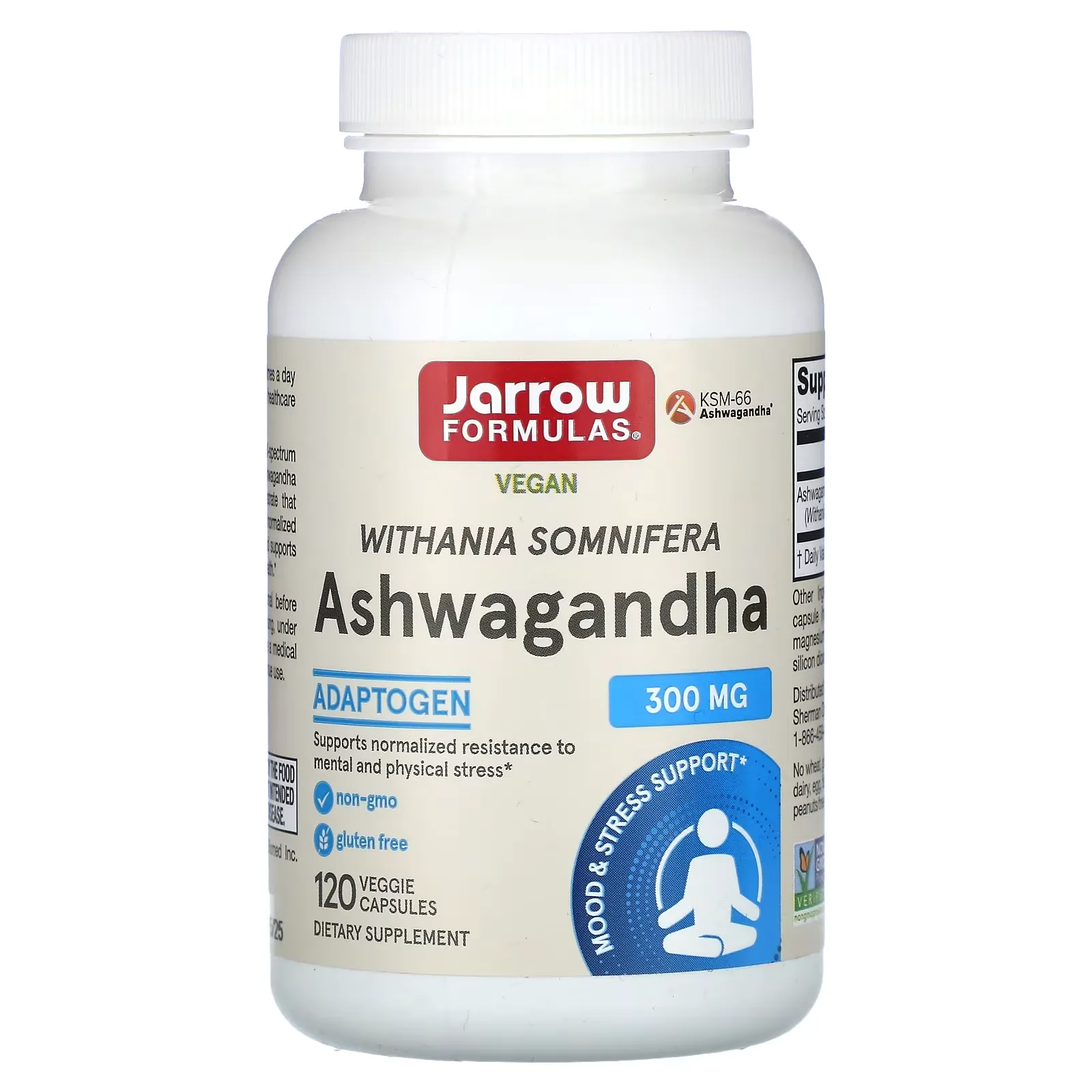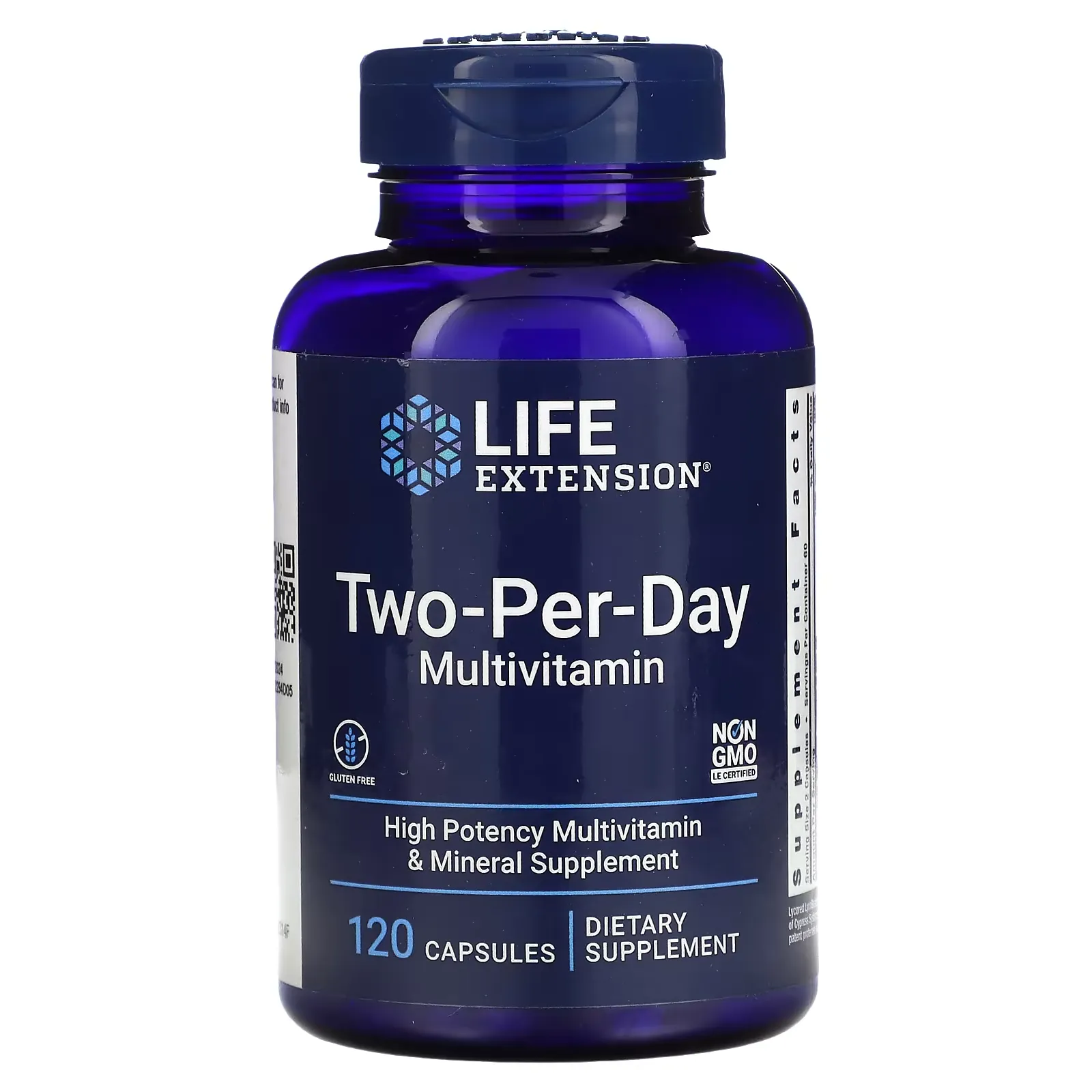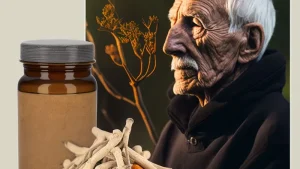Spoilers for this article
- ashwagandha (type of Indian cactus)root (of a tooth, hair, etc.)essenceis the quality of life (QoL) of the elderly,sleepStudies have shown that it is effective in improving the quality and mental alertness of the
- A 12-week, double-blind, placebo-controlled study of 600 mg per day ofashwagandha (type of Indian cactus)root (of a tooth, hair, etc.)essenceThe WHOQOL-BREF score improved to an average of 161.84 for the elderly who consumed
- ashwagandha (type of Indian cactus)root (of a tooth, hair, etc.)essencehas been reported to be well tolerated, safe, and beneficial for the elderly.
"Lately.sleepThe quality of the "I'm having trouble with the quality of the
I feel like I'm getting more tired with age."
'Natural for the elderly.supplementI'm looking for."
This time, we are going to use this kind of natural for the elderly.supplementThis article is for those who are looking for
ashwagandha (type of Indian cactus)root (of a tooth, hair, etc.)essenceissleepStudies have shown that it improves the quality of life and mental stability.
600 mg per day.ashwagandha (type of Indian cactus)root (of a tooth, hair, etc.)essenceCould you lead a healthier life with The results of the study.
What is ashwagandha in the first place?

ashwagandha (type of Indian cactus)(scientific name: Withania somnifera Dunal) has been used for thousands of years in Ayurveda, the traditional medicine of India, to treat both physical and mental health problems.stressThe herb has been used as an effective medicine, tonic, and even aphrodisiac.
Nowadays, the effectiveness of these products has been proven by modern science through various clinical studies, and they are attracting attention.
The fruit is an evergreen shrub of the eggplant family. The name comes from the horse's (ashwa) smell (ganda).
Some say it is named after the robust vigor of horses.
▼Recommended Articles

Basic information about the paper
The basic information for this paper is as follows
The paper presented in this issue ofIn the Elderlyashwagandha (type of Indian cactus)root (of a tooth, hair, etc.)essenceThe general well-being of the andsleepEfficacy and tolerability for improvement in: a prospective, randomized, double-blind, placebo-controlled study(Japanese translation)".

| Title. | Efficacy and Tolerability of Ashwagandha Root Extract in the Elderly for Improvement of General Well-being and Sleep: A Prospective, Randomized, Placebo-controlled Study Double-blind, Placebo-controlled Study |
|---|---|
| author (usu. of a particular book, etc.) | Sunil B Kelgane, Jaysing Salve, Prasanthi Sampara, Khokan Debnath |
| Magazines | Cureus |
| Year of Publication | February 23, 2020 |
Introduction.
History and Traditional Use of Ashwagandha
ashwagandha (type of Indian cactus)is a plant with excellent adaptogenic properties that has long been used in Ayurvedic medicine.
It has been used for various diseases and health maintenance. It is especially effective in the treatment of the elderly.
The familiar "Let's use science to prove the efficacy of traditional medicine!"
Challenges and Importance of QoL Management in the Elderly
Improving the quality of life (QoL) of the elderly, especially the management of joint pain,sleepThe following are some of the most important in the maintenance of general health
- QoL (Quality of Life)
-
Health, happiness, life satisfaction, relationships, and satisfaction with work and hobbies,Overall satisfaction with life as perceived by the individualIndicators that show the
As the global elderly population grows, effective medicines andsupplementThe management of QoL through
Research Objectives
There are two main objectives of this study.
Purpose of the Study
- ashwagandha (type of Indian cactus)root (of a tooth, hair, etc.)essenceEvaluation of the safety, efficacy, and tolerability of
- General health and wellness of the elderly andsleepImprovement of
Evaluation of the safety, efficacy, and tolerability of ashwagandha root extract.
The first objective of this study is,ashwagandha (type of Indian cactus)(Withania somnifera) Rootessence(at sentence-end, falling tone) indicates a confident conclusionTo evaluate safety, efficacy, and tolerabilityIt is.
- tolerability (e.g. of a drug dose)
-
Tolerability is the ability to tolerate a drug orsupplementCaused by ingestion ofside effectand uncomfortable symptoms,Must be within the limits of what the patient can tolerate.refers to the
Improving general health and sleep of the elderly
General health conditions in the elderly andsleepImprove the quality offorashwagandha (type of Indian cactus)root (of a tooth, hair, etc.)essenceAnother purpose of the study is to investigate the effects of
research methods
Here are three key points about research methods as follows
research methods
- Study Design and Participants
- ashwagandha (type of Indian cactus)root (of a tooth, hair, etc.)essenceand placebo administration
- Efficacy and Safety Assessment
Study Design and Participants
This study,Double-blind, placebo-controlled study of men and women ages 65 to 80 over a 12-week periodIt is.
- Double-blind, placebo-controlled trial
-
One of the methods of medical research.
The group was divided into an experimental group and a placebo group (group given a fake drug),Clinical trials in which neither the researchers nor the participants know which group is receiving which treatmentIt is.
This prevents subjective bias from entering into the study results and allows for an objective evaluation of the effectiveness of the treatment.
- bias
-
arise in the course of research and data analysis,Tendency or bias that leads to erroneous results or views.
Bias can be caused by a variety of factors, including measurement error, chance variation, and researcher and participant expectations, and it can interfere with objective research results.
Proper selection of study design and data analysis methods can minimize the effects of bias.
Participants,ashwagandha (type of Indian cactus)root (of a tooth, hair, etc.)essencegroup (n = 25) and a placebo group (n = 25) were randomly assigned.
So the 50 people were divided into 25 each.
Ashwagandha root extract and placebo administration
ashwagandha (type of Indian cactus)root (of a tooth, hair, etc.)essenceGroups,600 mg per day.ashwagandha (type of Indian cactus)root (of a tooth, hair, etc.)essenceingested.
That is the same as the general manufacturer's recommended capacity.
The placebo group received the same dose of apparentlycapsuleingested.
Efficacy and Safety Assessment
Effectiveness was evaluated using the following four indicators
Evaluation of Effectiveness
- Questionnaire called WHOQOL-BREF
- sleepquality of a food
- Mental stability upon awakening
- Physician-Generated Effectiveness Evaluation (PGAET)
- WHOQOL-BREF
-
Developed by the World Health Organization (WHO),An abbreviated questionnaire to measure quality of life (QoL).
The questionnaire consists of questions on four areas: physical health, psychological health, social relationships, and environment.
The WHOQOL-BREF is designed to be applicable to people of different cultures and age groups and is widely used to assess the quality of life of patients and healthy people.
Safety and tolerability are,side effectreports and patient-generated tolerability tests (PGATT) were used to evaluate the results.
- PGAET (Physician's Global Assessment of Efficacy and Tolerability)
-
A measure by which physicians evaluate the effectiveness and tolerability of a treatment.
The physician observes the patient's symptoms and response to treatment and evaluates efficacy and tolerability based on the results.
The PGAET provides information that can be used to compare treatment efficacy and safety, to help make decisions about treatment selection, and as an objective criterion for determining treatment success or failure.
findings
The following three points are the key findings of this study.
findings
- Improvement of WHOQOL-BREF score
- sleepImproved quality and mental stability of
- Good tolerability and safety ratings
Improvement of WHOQOL-BREF score
ashwagandha (type of Indian cactus)root (of a tooth, hair, etc.)essencegroup statistically compared to the placebo group.Significant (P<0.0001) improvement was observed.
The total WHOQOL-BREF score improved from a base value of 140.53 (8.25) to 161.84 (9.32) at the end of the study.
Individual area scores were also improved.
Improved sleep quality and mental stability
Both groups were the first tosleepquality and mental alertness upon awakening were relatively low, though,ashwagandha (type of Indian cactus)root (of a tooth, hair, etc.)essencein a groupsleepsignificantly improved quality (P<0.0001) and mental stability (P<0.034) ofI did.
Overall,General health,sleepQuality and mental stability ofwas observed in study participants.
Good tolerability and safety ratings
Participants in the experimental group responded to the test product withGood tolerability was demonstrated.
Also by study participants,ashwagandha (type of Indian cactus)root (of a tooth, hair, etc.)essencereported to be safe and beneficial.The first time the company was founded, it was a "new" company.
Summary: TheAshwagandha root extract is useful for QoL management in the elderly
How was it? I would like to conclude by summarizing the contents of this article.
Spoilers for this article
- ashwagandha (type of Indian cactus)root (of a tooth, hair, etc.)essenceis the quality of life (QoL) of the elderly,sleepStudies have shown that it is effective in improving the quality and mental alertness of the
- A 12-week, double-blind, placebo-controlled study of 600 mg per day ofashwagandha (type of Indian cactus)root (of a tooth, hair, etc.)essenceThe WHOQOL-BREF score improved to an average of 161.84 for the elderly who consumed
- ashwagandha (type of Indian cactus)root (of a tooth, hair, etc.)essencehas been reported to be well tolerated, safe, and beneficial for the elderly.
In this study,ashwagandha (type of Indian cactus)root (of a tooth, hair, etc.)essenceandQuality of life (QoL) of the elderly andsleepquality of a foodWe are investigating how this will affect the
In a 12-week, double-blind, placebo-controlled trial, older adults aged 65 to 80 yearsashwagandha (type of Indian cactus)root (of a tooth, hair, etc.)essenceThe result of the ingestion of theQoL improved,sleepImproved quality and mental stability ofThe following is a list of the most common problems with the
In addition, theside effectwere rarely reported,ashwagandha (type of Indian cactus)root (of a tooth, hair, etc.)essencewas shown to be a safe and effective method for the elderly.
By this study,ashwagandha (type of Indian cactus)root (of a tooth, hair, etc.)essenceis useful for QoL management in the elderlyIt was concluded that
That's all for this article. Thank you for reading to the end!
Q&A
- アシュワガンダ根エキスは何に効果があるのですか?
-
Studies have shown that ashwagandha root extract can improve quality of life (QoL), sleep quality, and mental alertness in the elderly.
- どのくらいの期間、どのくらいの量を摂取すれば効果があるのですか?
-
Studies have shown that taking 600 mg of ashwagandha root extract per day for 12 weeks can help.
- 高齢者にとってアシュワガンダ根エキスは安全ですか?
-
はい、研究により、高齢者に対して良好な忍容性があり、安全で有益であることが報告されています。
Disclaimer
This site is primarily intended toashwagandha (type of Indian cactus)to provide information about the results of the study and not to provide medical advice.
It is not intended to diagnose, treat, or prevent any specific disease or condition.
Always follow professional advice when using the information on this site.
We also cannot be held responsible for any loss or damage that you may suffer as a result of acting on the basis of the information on this site.
Use of AI in Content Generation
This website uses AI-based automatic generation for some content.
The information generated by this automatic generation is checked against actual references and articles, and great care is taken to ensure accuracy and reliability.
It is also intended to enhance the transparency and credibility of this site by appropriately disclosing content created through automatic generation.
We believe that this site can provide richer and more useful content through automation and AI-based content creation, which will enable us to provide information more quickly and accurately.




